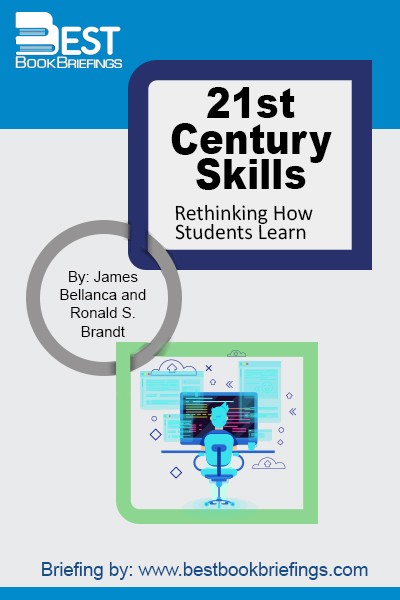21st Century Skills
Rethinking How Students Learn
Editorial Review
No generation can escape the responsibility of deciding what students should learn by analyzing what adults are called upon to do. In the old days, people were taught to do simple calculations, write letters, and read. As farming grew in complexity, schools in rural areas began teaching vocational agriculture. With the current blitz of fast-moving developments in technology, schools are beefing up their science and mathematics programs. So trying to foresee students’ future needs is not being trendy; it is a necessity. But, of course, it is only the beginning. The hard parts are, first, determining how these new demands fit in relation to the existing curriculum; second, finding ways they can be taught along with content; and then, managing the complex process of implementation.
Book Reviews
Books on Related Topics

Globalization poses challenges for everyone. Every education system in the world struggles to some degree to keep up with the rapid pace of change. And countries face many similar challenges. For example, widespread internal and international migration have created more heterogeneous societies everywhere, placing new demands on educators as they respond
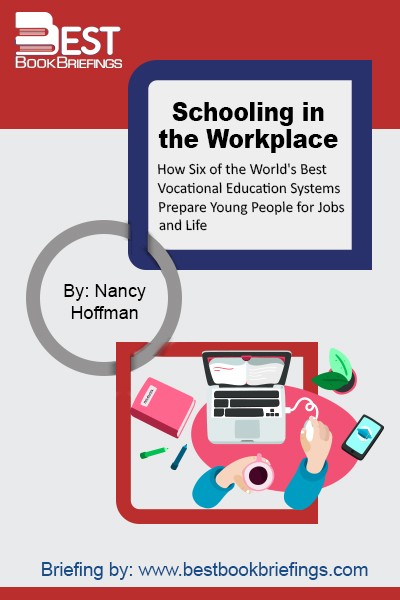
Across the developed countries today, educators, policy makers, and economists recognize that the new “knowledge economy” demands new and higher levels of skills than the twentieth-century high school or upper secondary school provided. Young people with aspirations to white-collar, “middle-skill” jobs in high-growth areas such as health care, high tech, engineering,
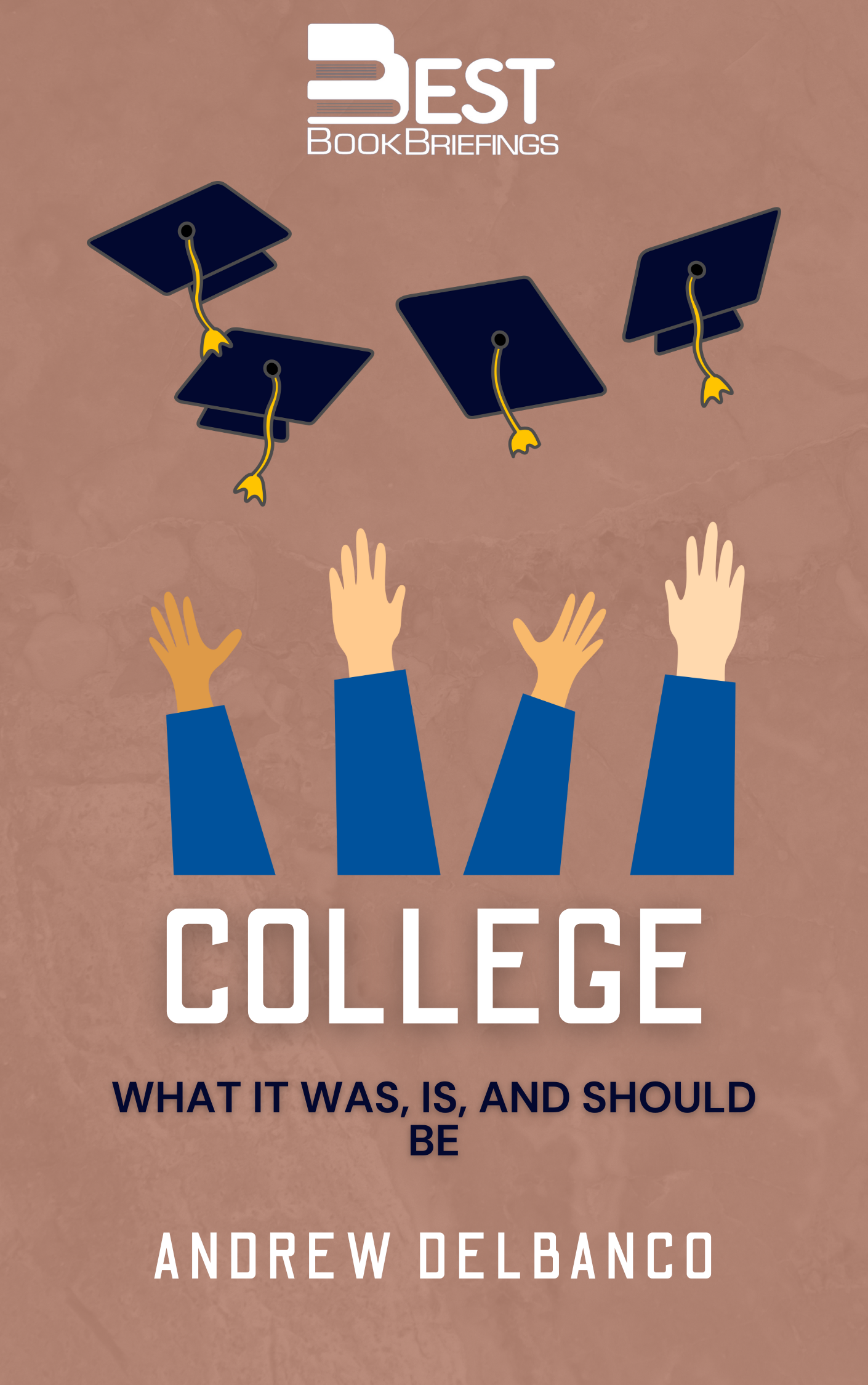
Teaching at its best can be a generative act, one of the ways in which human beings try to cheat death by giving witness to the next generation so that what we have learned in our own lives doesn’t die with us. At its core, a college should be a place
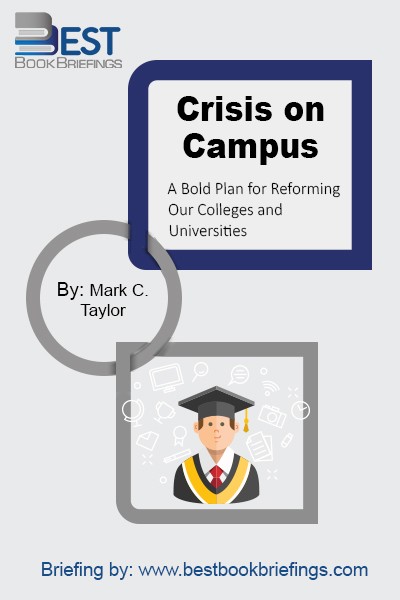
Much of the most important research that has contributed to the advancement of knowledge and enrichment of human life historically has been conducted in colleges and universities. In the years following World War II, increasing prosperity and enlightened government policies led to rapidly expanding undergraduate programs that created new opportunities for

Provocatively titled, Disrupting Class is just what America's K-12 education system needs--a well thought-through proposal for using technology to better serve students and bring our schools into the 21st Century. Unlike so many education 'reforms, ' this is not small-bore stuff. For that reason alone, it's likely to be resisted by defenders
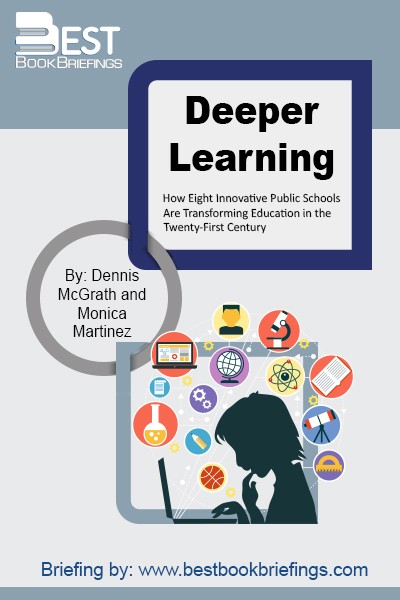
Deeper Learning is the process of preparing and empowering students to master essential academic content, think critically and solve complex problems, work collaboratively, com-municate effectively, have an academic mindset, and be self-directed in their education. It fully encompasses the educational goals that, taken together, constitute the foundation for developing the single
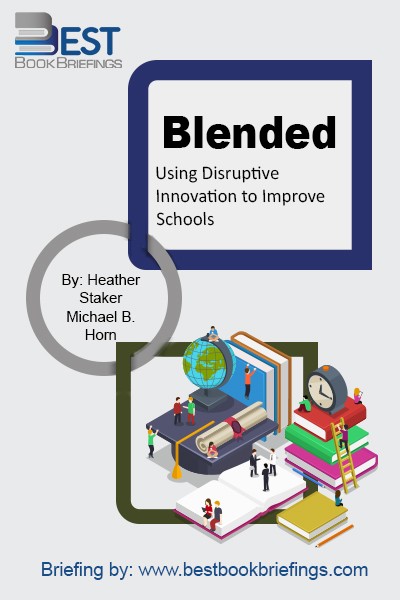
Online learning has improved dramatically since its arrival. Online content is becoming more engaging. And most students now have an internet device within reach, whether as a laptop, a tablet, or a mobile smartphone. Furthermore, an increasing number of students are experiencing online learning while continuing to attend their traditional brick-and-mortar
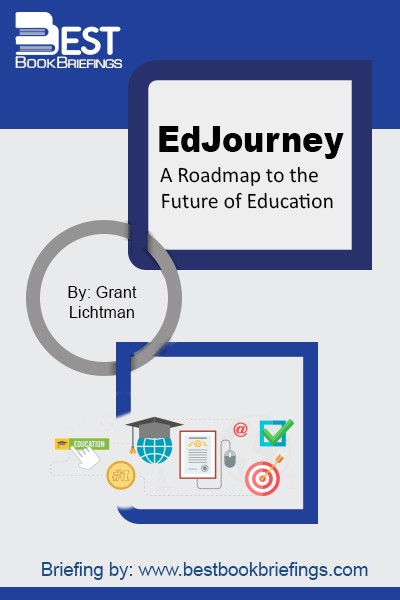
Today, most thoughtful educators agree that the industrial age model of content-driven education no longer serves our students. The goal of education has changed from the transfer of knowledge to the inculcation of wisdom, born of experience, which will help students to succeed in an increasingly ambiguous future. Schools must either

Education expert Tony Wagner has conducted scores of interviews with business leaders and observed hundreds of classes in some of the nation’s most highly regarded public schools. He discovered a profound disconnect between what potential employers are looking for in young people today (critical thinking skills, creativity, and effective communication) and

